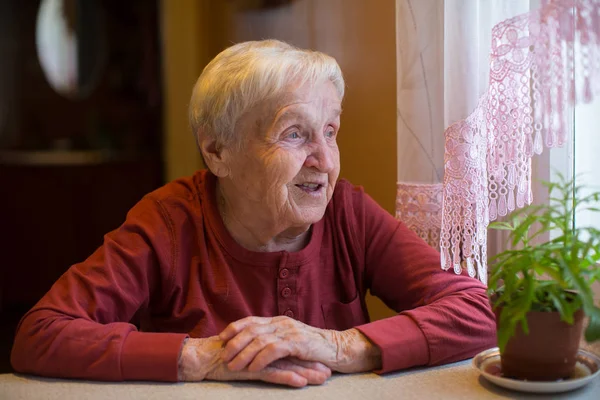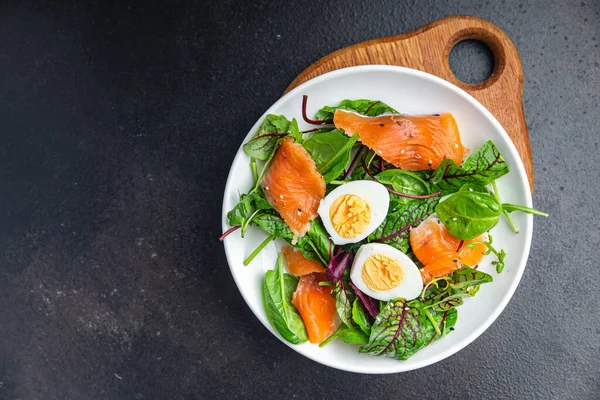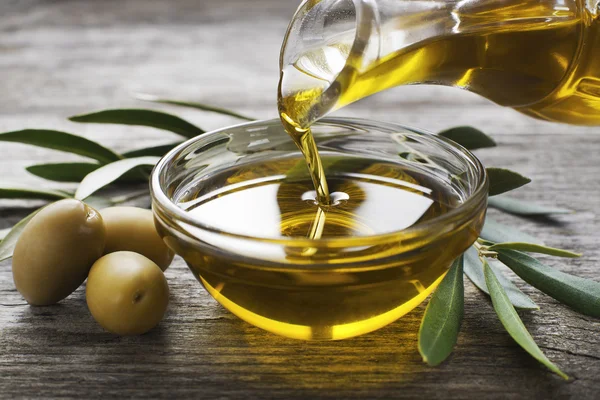
What if the secret to living past 100 wasn’t kale smoothies or marathon training but instead bacon, ballroom dancing, and a daily martini? Around the world, centenarians-people who’ve hit triple digits-are sharing their personal recipes for a long, vibrant life, and they’re not always what you’d expect.
These stories aren’t just charming anecdotes they’re windows into how lifestyle, mindset, and even a few indulgences can play a role in healthy aging. Backed by research from so-called “blue zones” and longevity experts, they reveal there is no one-size-fits-all path to a century.
From quirky daily rituals to nutrient-packed staples, here are nine fascinating habits of real-life centenarians that might just inspire your own journey toward a longer, fuller life.

1. A Little Daily Indulgence
For 101-year-old Andy Medema, that was a vodka martini. For 109-year-old Ruth Benjamin, it was crispy bacon every morning. America’s oldest veteran, 112-year-old Richard Overton, always kept butter pecan ice cream in the freezer. Nutrition science may argue for moderation as the judicious rule of thumb, but longevity researchers make the point that small, consistent pleasures can enhance emotional well-being-an oft-ignored factor in healthy aging. In fact, numerous studies from the blue zones show centenarians often indulge in treats but in mindful portions.

2. Plant-Forward Eating
The most indulgent centenarians around the world tend to balance out their diets with a plethora of plants. Jeanne Calment of France, who lived to be 122 years old, loved chocolate but paired her indulgence with meals full of vegetables and olive oil. Research from the Mediterranean and Okinawan diets demonstrates quite clearly that a diet comprised of 95% plant-based foods-beans, greens, sweet potatoes, and whole grains-promotes heart health, reduces inflammation, and fuels longevity. Experts like Harvard’s Frank Hu recommend finding plant foods you genuinely enjoy to make this habit stick for life.

3. Being Physically Active Naturally
Ruby Duncan, 104, was raised on a farm that required tending 1,000 chickens John Grumbine, 100, still teaches and competes in ballroom dancing. In longevity hotspots, movement is woven into daily routines gardening, walking, cooking rather than confined to the gym. This “natural movement” keeps muscles strong, improves balance, and may lower the risk of falls, a leading cause of injury in older adults.

4. Strong Social Connections
Jessie Gallan attributed her 109 years partly to “staying away from men,” but most centenarians underscore community over isolation. In Costa Rica’s Nicoya Peninsula, neighbors continue to share meals and chores well into old age. Social bonds lower stress and improve mental health, and longevity experts believe they can also lower mortality risk. Whether through family, faith groups, or hobby clubs, staying connected is a powerful tool.

5. Mindset Matters
Many centenarians are characterized by a low-stress and optimistic outlook. For example, 107-year-old Jo Sunderland lives by the mantra “Forget about it!” regarding things that are outside of her control. Research has suggested that low neuroticism and high extraversion, both common in centenarians, work to sustain resilience in the presence of health declines. It may protect against cognitive decline and support the mental flexibility underlying overall well-being.

6. Sleep is a priority.
Leandra Becerra Lumbreras reportedly reached 127 and credited long naps and chocolate for her longevity. In research from the centenarians of Hainan Island, sleep satisfaction is strongly related to life satisfaction. Experts recommend seven to eight hours of nightly rest, plus short daytime rests if needed, to support immune function, hormone balance, and brain health.

7. Nutrient-Dense Staples
Emma Morano ate three eggs a day-two of them raw-for more than 90 years. Misao Okawa enjoyed sushi almost every day. These foods are packed with protein, omega-3s, and micronutrients that keep your muscles, brain, and heart in great shape. Beans, whole grains, and fish dominate meals in blue zones, supplying steady energy and a dose of disease-fighting compounds with nearly every bite.

8. Practice Joyful Movement
For others, exercise has less to do with reps and more to do with rhythm. Ballroom dancing, polka, and even gardening bring both physical and emotional rewards. John Grumbine says dancing keeps him “mentally, physically, and spiritually active”-a view supported by research that suggests enjoyable activities increase adherence and long-term benefits.

9. Olive Oil and Other Healthy Fats
Jeanne Calment not only ate olive oil-rich foods but used it on her skin. Extra-virgin olive oil is perhaps the most well-recognized cornerstone of the Mediterranean diet, which has been associated with reduced cardiovascular risk and improved cognitive function. Participants in one large trial consuming high amounts of olive oil had significantly lower rates of heart disease and stroke, making it a delicious and pragmatic addition to a longevity-focused kitchen.
Centenarians prove over and over again that longevity is not about perfection it’s about balance, joy, and habits that feed your body and soul. Whether it’s a daily scoop of ice cream, a garden full of greens, or an unshakeable sense of purpose, these real examples prove that living well for a century is as much about enjoying life as it is about the science.


